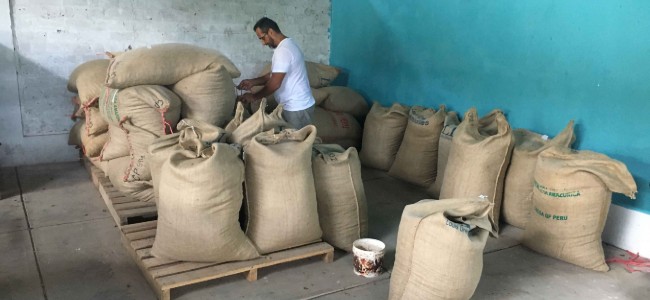Based in Boulder, Colorado, and established in 2013, Moksha Chocolate has its roots in an isolated valley on the Rio Mayo in northeastern Peru near Shanao.Meaning “New You,” Shanao and its adjacent farms are surrounded by the rare Alto Mayo Cloud Forest and Cordillera Escalera Regional Conservation Area of upper Amazonia.
In 2014, Moksha Chocolate formed a cooperative with the local cacao growers and producers to retain wealth within the indigenous community, raise the quality of cacao and implement organic, biodynamic, and sustainable farming practices. We then revised and standardized on-site fermentation and processing during 2016-17, and our first pilot project of four tons of single-origin cacao arrived in the U.S. November 2017.






